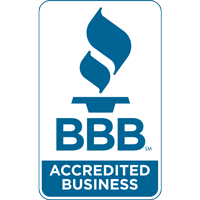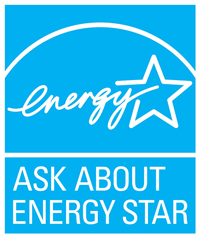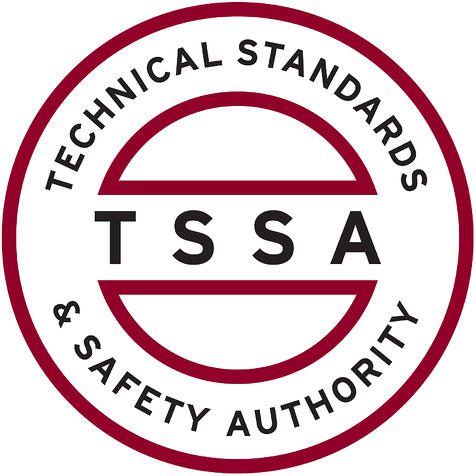
Ceiling fans are one of the most underrated ways to enhance comfort and reduce energy costs. By enhancing air circulation and working in conjunction with your HVAC system, ceiling fans and energy efficiency are truly a match made in heaven. They offer a cost-effective, eco-friendly way to keep cool while easing strain on your AC—even preventing unnecessary air conditioning repair.
In this blog, the experts at McFadden Heating & Cooling explain how ceiling fans can improve your comfort while lowering your energy use with higher HVAC efficiency. We'll also provide some HVAC efficiency tips that put to good use ceiling fans.
Comfort vs. Temperature: Staying Cool Using the Wind-Chill Effect Indoors
Ceiling fans don’t actually lower the room temperature—they make your home more comfortable by blowing air across your skin. This is called the wind-chill effect, and it can make a room feel up to 4 degrees cooler without adjusting the thermostat. That means you remain cool and enjoy the benefits of indoor air circulation from your ceiling fan while relying less on your air conditioner—helping reduce your electric bill in summer.
The Best of Both: Advantages of Pairing Fans and Air Conditioning Together
There are several advantages to using ceiling fans and air conditioning in tandem, especially on hotter days. By pairing both, you boost HVAC efficiency and maintain a comfortable indoor temperature with less effort from your cooling system.
Benefits of using ceiling fans and AC together:
- Ceiling fans help lower HVAC load by moving cool air more evenly around rooms in your home. Decreasing HVAC stress is important, because it can help you avoid a breakdown that could result in premature AC or furnace installation.
- Using overhead fans enhances comfort by reducing uneven temperatures and increasing airflow.
- Pairing ceiling fans and AC can cut energy consumption. If you have a home automation system, you can even modify your smart thermostat settings to increase the temperature slightly while your ceiling fan is running.
Clockwise vs. Counterclockwise Ceiling Fan Rotation: What Direction to Spin in Summer and Winter?
To get the most out of your ceiling fans year-round, it’s important to set the blades to rotate in the right direction for the season. The direction impacts how air circulates, which can either or gently recirculate warm air so you feel warmer.
When to spin ceiling fans counterclockwise
When it's hot outside, ceiling fans should rotate counterclockwise at a higher speed. This creates a breeze that forces cool air down, increasing the wind-chill effect and making you feel cooler.
When to rotate ceiling fans clockwise
In the winter, set your fan to rotate clockwise on a low speed. This lifts cooler air and draws warm air downward from the ceiling, helping you feel warmer without changing your thermostat.
What Type of Ceiling Fan Is Best
Selecting the best ceiling fan depends on a few important details, including blade design, airflow rating and room dimensions. First, look for fans that have a good balance of ECFM airflow and blade pitch to provide efficient air movement in your home:
- ECFM refers to the amount of air a fan pushes—the cubic feet per minute, or CFM—per watt of electricity used. Fans with greater ECFM are the most energy efficient.
- Blade pitch is the angle of the blades. A sharper blade pitch moves more air but can also strain the motor.
Also, consider room size when sizing a ceiling fan—a fan that’s too small won’t circulate sufficient air, while one that’s too large may be disruptive in a smaller room.
Raise Your HVAC Efficiency With Help from McFadden Heating & Cooling
At McFadden Heating & Cooling, our HVAC specialists can help you stay comfortable while easing the burden on your heating and cooling systems. From efficient ceiling fan strategies and air conditioning installation to smart thermostats and furnace repair, we offer comprehensive solutions that fit your lifestyle. Set up your appointment by calling 519-683-2339 today.




